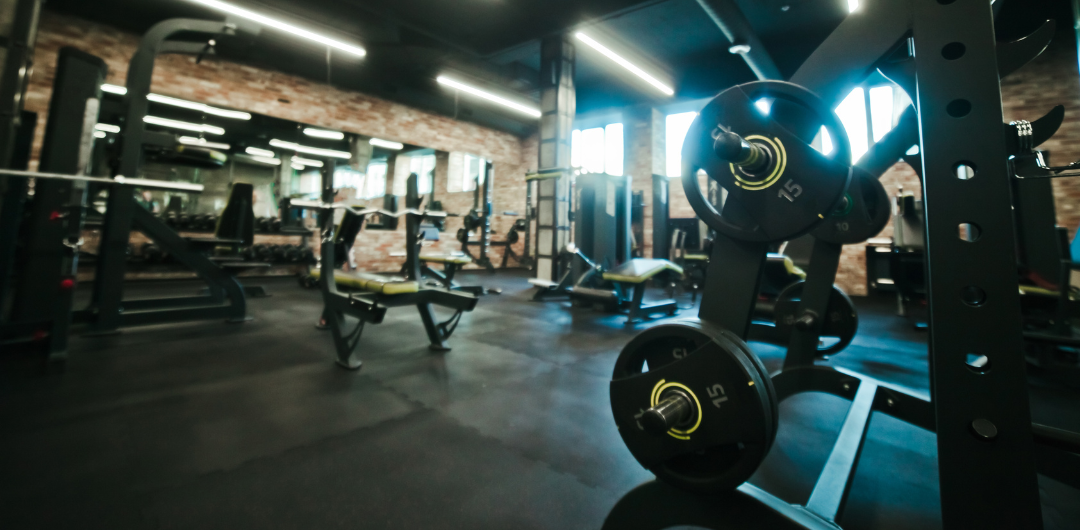
The Ultimate Guide to Fitness Training
Fitness training is engaging in physical activity to enhance physical fitness and overall health. It involves performing exercises and activities targeting various body parts, including the cardiovascular system, muscles, and bones.
Fitness training is essential for maintaining good health, preventing diseases, and improving the quality of life. In addition, regular exercise has numerous benefits, such as increasing energy levels, reducing stress and anxiety, improving mental health, and promoting weight loss.
This blog post will provide the ultimate guide to fitness training, including types of exercises, nutrition tips, and workout plans.
Preparation
Before starting a fitness training program, it's essential to determine your current fitness level to set realistic and achievable goals. Various ways to assess your fitness level include cardiovascular endurance, muscular strength, endurance, flexibility, and body composition.
-
You can start by performing a physical activity, such as walking or jogging and monitoring your heart rate. Your resting heart rate, taken when you're not performing any activity, can also indicate your cardiovascular fitness level.
-
Additionally, you can test your muscular strength and endurance through exercises like push-ups, sit-ups, and squats. Finally, you can assess your flexibility level by performing stretches like the seated forward bend.
-
Finally, you can determine your body composition by measuring your body fat percentage. Various tools are available to measure body fat, including skinfold callipers, bioelectrical impedance scales, and hydrostatic weighing.
Once you determine your current fitness level, you can set realistic and achievable goals to improve your overall fitness.
Identify Your Fitness Goals
Your goals are unique and will depend on age, gender, fitness level, lifestyle, and health status. Here are some tips on how to determine your fitness goals:
Consider Your Current Fitness Level
Your goals should be realistic and attainable based on your current fitness level. It's important to acknowledge where you are starting from so that you can set achievable goals that are challenging but not overwhelming.
Identify Your Strengths and Weaknesses
Take an honest assessment of your strengths and weaknesses. Knowing where you excel and where you struggle can help you set goals that will allow you to build on your strengths and work on improving your weaknesses.
Determine Your Timeline
Consider the timeline for achieving your goals. For example, are you training for an event or competition or looking to make long-term lifestyle changes? Setting a timeline can help you break down your goals into smaller, achievable milestones.
Make Your Goals Specific and Measurable
Goals that are specific and measurable are more likely to be achieved. Instead of setting a vague goal like "get in shape," set specific goals like "lose 5kg in 3 months" or "run a 5K in under 30 minutes."
Consider Your Motivation
Identity what motivates you to stay committed to your fitness goals. For example, is it the desire to improve your health, achieve a personal best, or feel better about yourself? Understanding your motivation can help you stay focused and committed to achieving your goals.
Determining your fitness goals can create a clear roadmap, help you stay motivated, and track your progress.
Whether you want to lose weight, gain muscle, improve endurance, or become more active, identifying your fitness goals is an essential first step toward reaching your desired fitness level.
Create a Workout Routine

Creating a workout routine is an essential part of achieving your fitness goals. To create a workout routine, you need to understand the available exercises and choose the ones that target specific muscle groups.
Designing a workout routine that fits your goals and schedule would be best. This includes incorporating cardio, strength training, and flexibility exercises. Creating a workout routine tailored to your needs will make you more likely to stick to it and see good results.
Understanding the Different Types of Exercises
Before creating a workout routine, it is essential to have an understanding of the different types of exercises.
-
Cardio exercises like running, biking, and swimming are great for improving cardiovascular health and burning calories.
-
Strength training exercises, such as weight lifting and bodyweight, help build and tone muscle.
-
Flexibility exercises, such as yoga and stretching, improve the range of motion and help prevent injury.
Choosing Exercises That Target Specific Muscle Groups
Once you understand the different types of exercises, you can choose exercises that target specific muscle groups. For example, if you aim to build your upper body, you can choose exercises such as push-ups, pull-ups, and dumbbell curls.
On the other hand, exercises such as squats, lunges, and deadlifts are practical if your goal is to work on your lower body.
Design a Workout Routine That Fits Your Schedule
When designing a workout routine, it is essential to consider your goals and schedule. If you want to build muscle, focus on strength training exercises and incorporate cardio exercises.
If you want to lose weight, focus more on cardio exercises and incorporate strength training exercises. It is also essential to consider your schedule and choose a workout routine that you can stick to.
Incorporate Cardio, Strength Training, and Flexibility Exercises
When designing a workout routine, it is essential to incorporate cardio, strength training, and flexibility exercises. A well-rounded workout routine should include the following:
-
At least 30 minutes of cardio exercise.
-
Two to three strength training sessions per week.
-
Regular flexibility exercises.
It is essential to vary your workouts to prevent boredom and keep your body challenged. Consider incorporating high-intensity interval training (HIIT) to increase the effectiveness of your workouts.
Proper Form and Technique

Proper form and technique are crucial components of any workout routine. It's essential to use proper form during exercises to prevent injuries and maximize the benefits of each exercise.
Poor form can put unnecessary strain on the muscles and joints, leading to injuries and a decrease in the effectiveness of the exercise.
Overall, prioritizing proper form and technique in your workout routine can help you achieve your fitness goals safely and effectively.
Importance of Proper Form and Technique
Proper form and technique are essential for maximizing your workout routine's effectiveness and minimizing the risk of injury.
When you perform exercises with proper form and technique, you engage the correct muscles and reduce the strain on your joints and ligaments. This helps you achieve your fitness goals and improves your overall health and well-being.
Common Mistakes and How to Avoid Them
Common mistakes people make when exercising include using too much weight, rushing through reps, and not maintaining proper form. These mistakes can result in injury and prevent you from achieving your fitness goals.
Therefore, starting with lighter weights and focusing on perfecting your form before adding more weight or increasing your repetitions is essential to avoid these mistakes. Additionally, taking your time and maintaining a slow and controlled pace during exercises is essential.
To help you avoid injury, EVATAC also has amazing lifting straps which help you stabilize your wrists during lifts.
Tips for Maintaining Proper Form During Exercises
It's essential to focus on your target muscles and ensure you engage them throughout the movement. This may require you to adjust your posture, stance, or grip. Breathing correctly during exercises and avoiding jerky movements or swinging your body are also important.
Resources for Learning Proper Form and Technique
There are several resources available to help you learn proper form and technique, including fitness books, online videos, and personal trainers. Personal trainers can be especially helpful as they provide one-on-one instruction and tailor your workout routine to your specific goals and needs. Some gyms also offer classes or workshops on proper form and technique.
Nutrition and Hydration

Nutrition and hydration are essential in fitness training, as they can impact performance, energy levels, and recovery time. Proper nutrition and hydration can help prevent injuries, reduce fatigue, and improve overall health.
Understanding the basics of nutrition and hydration is essential to optimize your fitness routine.
Different Fitness Goals Require Different Nutritional Requirements
For example, a bodybuilder may need more protein to support muscle growth, while a long-distance runner may need more carbohydrates for sustained energy. Therefore, tailoring your nutrition to your specific fitness goals is essential.
Pre-workout and Post-workout Nutrition
Pre-workout meals or snacks can provide the necessary energy and nutrients for a successful workout, while post-workout nutrition can help with recovery and muscle repair. The timing and composition of these meals can also impact their effectiveness.
A protein shake is a good example of a pre-workout meal. The EVA Shaker Bottle is a great protein shaker bottle to bring on-the-go.
Hydration
Drinking water before, during, and after exercise is essential to maintain hydration. Monitoring urine colour, tracking water intake, and consuming electrolytes can help ensure proper hydration during workouts.
The EVATAC Thermos is a great water bottle for you to use on your regular workouts.
Tracking Progress and Staying Motivated

Tracking progress is essential to achieving your fitness goals. When you track your progress, you can see how far you've come and how much closer you are to your goal. It also lets you identify what's working and not, so you can adjust your training program accordingly.
There are different ways to track your progress, depending on your fitness goals. For example, you can track your weight and body measurements if you want to lose weight. If your goal is to build strength, you can track the amount of weight you can lift. If your goal is to improve your endurance, you can track the duration and intensity of your workouts.
Staying motivated can be challenging, especially when progress seems slow or non-existent. One way to stay motivated is to set realistic goals and celebrate small victories. Mixing up your routine and trying new exercises to keep things interesting is also important.
Finally, having a workout buddy or joining a fitness community can provide accountability and support.
There are several resources available to help you stay motivated and on track. There are many fitness apps that can help you track your progress and provide workout ideas.
Fitness blogs and podcasts can also provide valuable information and inspiration. Finally, working with a personal trainer or fitness coach can provide personalized guidance and accountability.
Final Thoughts
Fitness training is an essential component of a healthy lifestyle. By understanding your current fitness level, setting realistic goals, creating a workout routine that fits your schedule, maintaining proper form and technique, and fuelling your body with proper nutrition and hydration, you can achieve your fitness goals and lead a healthy life.
Remember, consistency and dedication are crucial to achieving success in fitness training.








Leave a comment
This site is protected by hCaptcha and the hCaptcha Privacy Policy and Terms of Service apply.